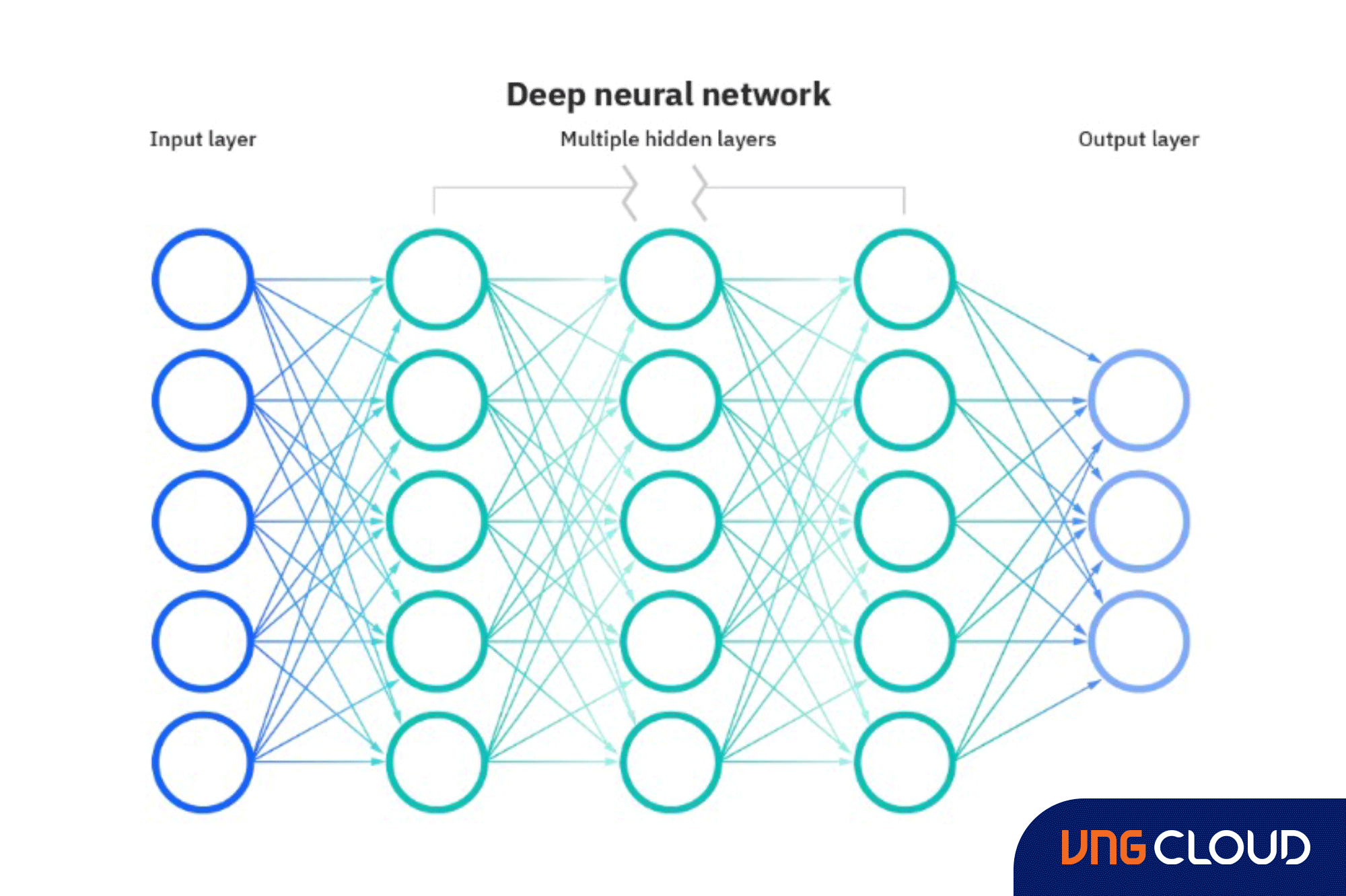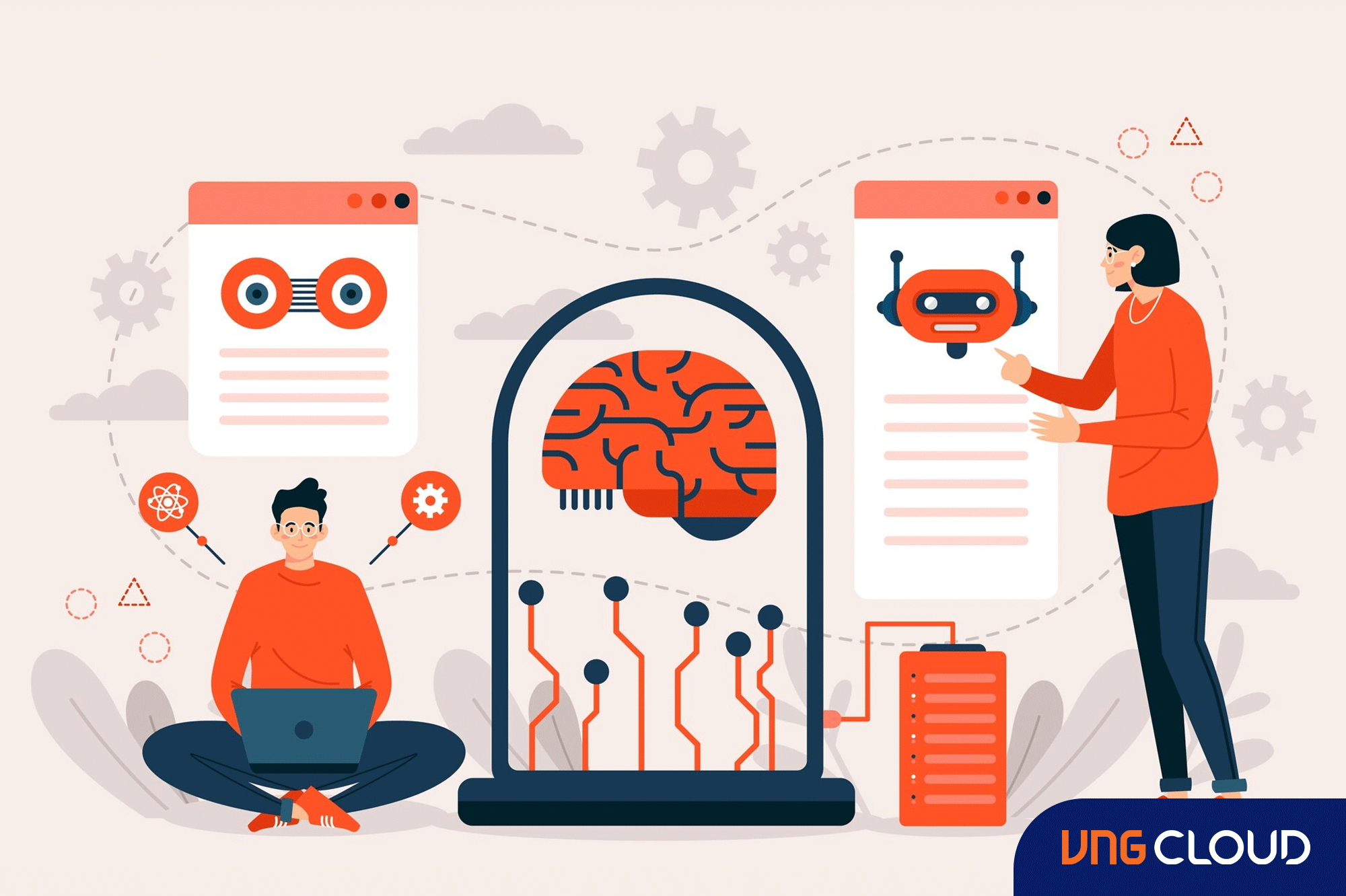These terms in computer science are frequently employed interchangeably, yet what distinct characteristics set them apart? The integration of technology into our daily lives is escalating rapidly. To meet evolving consumer expectations, companies are increasingly relying on machine learning algorithms to streamline operational processes.
Although artificial intelligence (AI), machine learning (ML), deep learning, and neural networks are interconnected technologies, the interchangeable use of these terms often results in confusion regarding their individual distinctions. This blog post aims to clarify some of the ambiguity surrounding these concepts.
How are AI, machine learning (ML), deep learning, and neural networks interconnected?
Conceptualizing artificial intelligence, machine learning, deep learning, and neural networks as a hierarchical series of AI systems provides a straightforward perspective. Artificial intelligence serves as the encompassing system, with machine learning existing as a subset within AI. Deep learning, in turn, constitutes a subfield within machine learning, and the fundamental structure of deep learning algorithms is formed by neural networks. The distinguishing factor between a standalone neural network and a deep learning algorithm lies in the number of node layers, or depth, with the latter requiring more than three layers.
The divergence between deep learning and machine learning lies in their learning methodologies. "Deep" machine learning can utilize labeled datasets for supervised learning but doesn't necessarily require them. It can process raw, unstructured data, like text or images, autonomously identifying distinguishing features across different data categories. This reduces the need for human intervention and facilitates the use of extensive datasets.
On the other hand, classical or "non-deep" machine learning relies more on human guidance. Experts define the features essential for understanding variations in data inputs, often necessitating more structured data for effective learning.

Neural networks, or artificial neural networks (ANNs), consist of node layers—including an input layer, one or more hidden layers, and an output layer. Each artificial neuron within these layers connects to others, with associated weights and thresholds. Activation occurs if the output surpasses the threshold, transmitting data to the next network layer. The term "deep" in deep learning simply refers to the number of layers in a neural network. A neural network with more than three layers, encompassing input and output, qualifies as a deep learning algorithm. Conversely, a neural network with only three layers is considered a basic neural network.
Deep learning and neural networks have significantly advanced fields like computer vision, natural language processing, and speech recognition, propelling progress in these domains.
Types of Neural Networks and Their Characteristics
1. Convolutional Neural Networks (CNNs)
- Composed of five layers: input, convolution, pooling, fully connected, and output.
- Each layer serves a specific function, such as summarizing, linking, or activating.
- Widely utilized for image classification and object recognition.
- It is applied in diverse fields, including natural language processing and forecasting.
2. Recurrent Neural Networks (RNNs)
- Employ sequential input, often dealing with time-stamped data or spoken word sequences.
- Inputs are not independent; the output for each element depends on computations of preceding elements.
- It is commonly used in forecasting, time series analysis, sentiment analysis, and various text applications.
3. Feedforward Neural Networks
- Each perceptron in one layer is connected to every perceptron in the subsequent layer.
- Information flows only in the forward direction; no feedback loops are present.
4. Autoencoder Neural Networks
- Generate abstractions (encoders) from a given set of inputs.
- Operate in an unsupervised manner, desensitizing irrelevant information and sensitizing relevant features.
- Additional layers create further abstractions, and these ideas can be employed by linear or nonlinear classifiers.
Distinguishing Deep Learning from Machine Learning
Deep learning operates as a subset within the broader scope of machine learning. The primary distinction between machine learning and deep learning lies in their learning processes and the volume of data each algorithm utilizes.
Deep learning streamlines much of the feature extraction stage, reducing the need for manual human involvement. This automation also facilitates the handling of large datasets, earning deep learning the moniker of "scalable machine learning." This capability holds promise as we delve into the exploration of unstructured data, especially considering that an estimated 80% of an organization's data is deemed unstructured.
The ability to discern patterns in data empowers a deep-learning model to effectively categorize inputs. Achieving heightened accuracy in a deep-learning model necessitates a larger dataset, contrasting with machine learning, which thrives on less data due to its foundational data structure. Enterprises typically leverage deep learning for intricate tasks such as virtual assistants or fraud detection.
What sets apart deep learning from neural networks?
First, it's crucial to explicitly highlight that the term "deep" in deep learning refers to the number of layers within a neural network. A neural network qualifies as a deep-learning algorithm when it comprises more than three layers, encompassing both inputs and outputs. This configuration is visually represented in the following diagram:

While most deep neural networks follow a feed-forward structure, progressing unidirectionally from input to output, it's noteworthy that training models can also occur through back-propagation. This involves moving in the opposite direction, from output to input. Back-propagation facilitates the calculation and attribution of errors associated with each neuron, enabling adjustments to fine-tune the algorithm appropriately.
Distinguishing Machine Learning from Neural Networks
In the realm of machine learning, two predominant types of algorithms prevail: supervised and unsupervised learning models. On the other hand, neural networks encompass four distinctive types as mentioned above: feed-forward, convolutional, recurrent, and autoencoder networks.
Machine learning involves the ingestion of data, leading to the model's progressive development and expertise acquisition over time. Conversely, the structure of a neural network is notably intricate.
Machine learning functions as a compilation of tools and procedures that undergo training, data evaluation, and subsequent application to unveil intriguing patterns. In contrast, neural networks draw inspiration from processes in the human brain that contribute to its functioning.
The organizational prowess of a neural network empowers its algorithms to autonomously make reliable decisions, whereas a machine learning model operates based on the knowledge acquired from the data.
Machine learning models exhibit adaptability, allowing them to learn from new data samples and interactions, thereby evolving. Consequently, these models can discern trends in the data. In this context, the neural network's response layer is the data, and even a basic neural network model incorporates numerous layers.

Final thoughts
In this article, we have delved into and clarified the definitions surrounding the realm of AI and its subfields. Crucially, we have highlighted the distinctions between machine learning vs. deep learning vs. neural networks.
Our initial analogy still holds true, as it is essential not to perceive these concepts as isolated elements but rather as a Russian nesting doll, with AI being the overarching doll and machine learning, neural networks, and deep learning representing subsequent, more nuanced dolls within.
Another key point we want to emphasize is the importance of dispelling confusion around neural networks vs. deep learning and machine learning vs. deep learning. It's crucial to remember that deep learning is essentially a system of neural networks with more than three layers, and deep learning algorithms are, in essence, a subset of machine learning algorithms.
AI and its diverse subfields are enduring trends, and the sooner we adapt to these changes, the faster we can fully harness their potential and apply it to the realms of IT, service desk solutions, and predictive analytics.